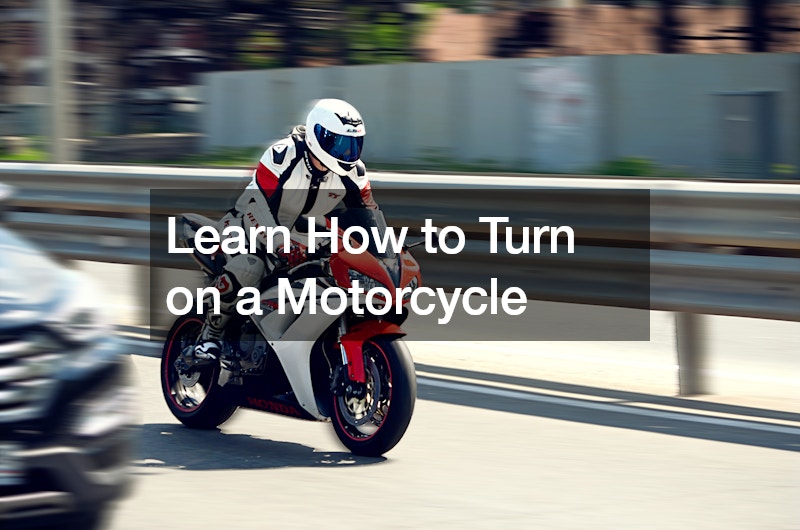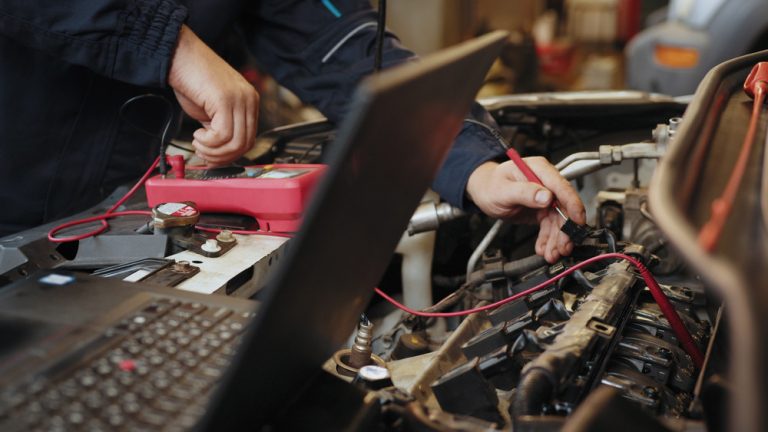

Learning how to turn on a motorcycle is a crucial skill for any rider, whether you’re a beginner or someone looking to brush up on your riding techniques. Properly turning a motorcycle involves understanding the mechanics, mastering body positioning, and practicing control. Here’s a step-by-step guide to help you learn how to turn on a motorcycle safely and effectively.
Understanding the Basics
Before you start practicing turns, it’s essential to familiarize yourself with the basic mechanics of your motorcycle.
This includes knowing how to use the throttle, clutch, brakes, and gears. Understanding these components and how they interact will give you the confidence to execute turns smoothly.
Start with Slow Speed Turns
Practicing slow-speed turns in a safe, open area, such as an empty parking lot, is an excellent way to build your turning skills. Here are the steps to follow:
Body Positioning: Sit upright on your motorcycle with your feet firmly on the foot pegs. Keep your knees close to the tank and your back straight. Your arms should be relaxed but firm, with hands on the handlebars.
Look Where You Want to Go: One of the most important aspects of turning is to look in the direction you want to go. Your motorcycle will naturally follow your line of sight. Keep your eyes focused on the exit of the turn rather than directly in front of your front wheel.
Countersteering: At low speeds, initiate a turn by gently pushing the handlebar in the opposite direction of the turn. For example, to turn left, push the right handlebar slightly. This countersteering action helps lean the motorcycle into the turn.
Use the Clutch and Throttle: At slow speeds, feather the clutch and throttle to maintain a steady speed. Avoid abrupt throttle movements, which can cause instability.
Control Your Speed: Use the rear brake lightly to control your speed during the turn. Avoid using the front brake, as it can cause the motorcycle to stand up and go straight.
Practicing Higher Speed Turns
Once you’re comfortable with slow-speed turns, you can start practicing at higher speeds. Here’s how to handle these turns:
Approach with the Correct Speed: Slow down before entering the turn. Use both brakes to reduce speed smoothly and downshift if necessary. Entering a turn at the right speed is crucial for maintaining control.
Lean with the Bike: At higher speeds, lean your body with the motorcycle. The faster you go, the more you’ll need to lean. Keep your inside shoulder lower and your body aligned with the bike.
Throttle Control: As you enter the turn, maintain a steady throttle. Once you’re past the apex (the middle of the turn), gradually roll on the throttle to power out of the turn.
Smooth Movements: Keep all your inputs smooth and controlled. Abrupt movements can unsettle the motorcycle and lead to loss of control.
Regular Practice
Like any skill, mastering motorcycle turns requires regular practice. Start with gentle curves and gradually progress to tighter and more challenging turns. Consider taking a motorcycle safety course to receive professional instruction and feedback.



